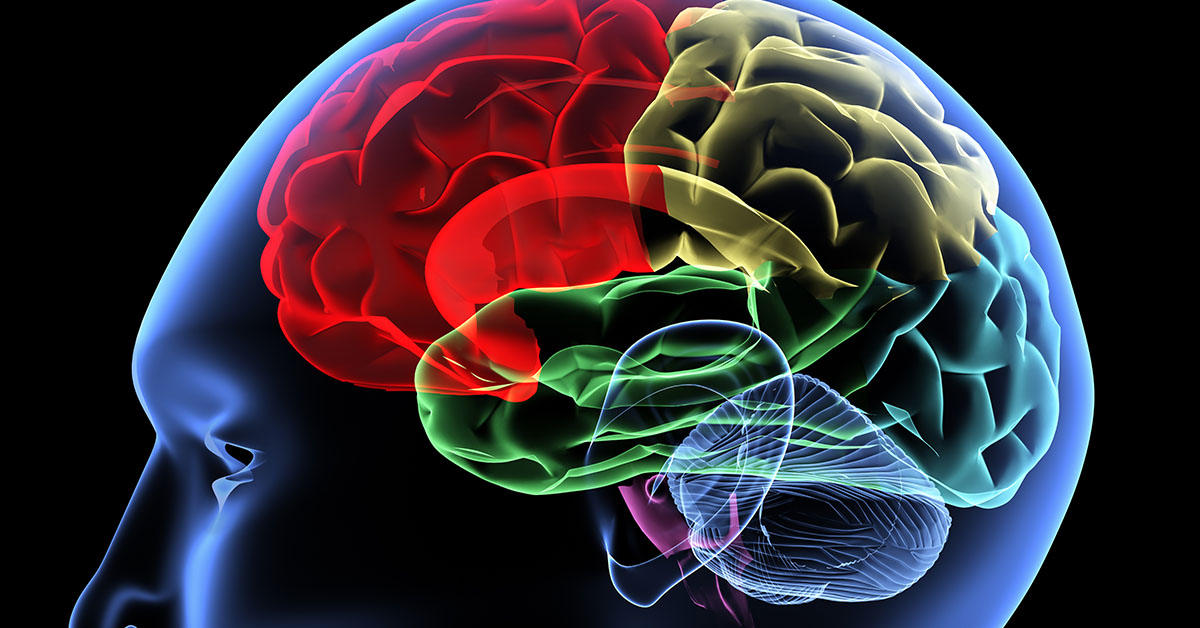Intraventricular Tumors are tumors that grow in the cavities in the brain called ventricles.

What are Intraventricular Tumors?
Intraventricular tumors are tumors that grow in the areas of the brain called ventricles. Ventricles are the cavities in the brain that are filled with a liquid called cerebrospinal fluid, or CSF. CSF is a clear fluid that moves through the brain and spinal cord. It normally serves several functions, including acting as a buffer to help protect the brain from injury and serving to nourish the brain with needed chemicals. Tumors that grow in the ventricles pose an added danger, as they may block the flow of CSF, which can cause hydrocephalus and other potentially fatal conditions.
What causes Intraventricular Tumors?
Intraventricular tumors originate from different glial cells in the brain. Meningiomas, colloid cysts, craniopharyngiomas, astrocytomas, and ependymoms all can be intraventicular tumors if they develop in the ventricles. The exact cause of intraventricular tumors is not currently known. In general, a tumor is an abnormal growth caused by abnormal cell multiplication that does not serve any physiological function. Cell division is regulated by the tumor suppressor genes. These genes also help to repair any damage caused to the DNA. Tumor suppressor genes are constantly at war against the cancer-causing genes called oncogenes. When tumor suppressor genes fail to function properly due to mutations that affect protein encoding, unregulated cell division and growth can occur and cause the development of a tumor.
The body's natural defense system should optimally detect the abnormal cells and kill them. But tumors may produce substances that obstruct the immune system from recognizing the abnormality of tumor cells, and eventually the tumor cells may overpower all internal and external checks to their growth.
Symptoms and Diagnosis
Symptoms of intraventricular tumors can vary depending on their location in the brain, but some symptoms include seizures, numbness, weakness, cognitive or behavioral changes, memory loss, and more. If these tumors are blocking the flow of CSF, it can cause obstructive hydrocephalus, which can cause headache, nausea, visual problems, and more. If left untreated, this condition can become fatal. Diagnosis is made by observing these symptoms and others, followed by confirmation by imaging studies. These imaging studies may include magnetic resonance imaging, or MRI, and computed tomography, or CT, scans. A biopsy may be taken to determine if the tumor's type and whether it is malignant.
How are Intraventricular Tumors treated?
Treatment of intraventricular tumors depends on the specific type of tumor, its location and severity, and the patient's general health. Usually, treatment options for intraventricular tumors usually start with relieving any pressure the tumor may be creating. Surgical treatment may be preferred, as it serves to remove the tumor and relieve the pressure caused by the tumor's obstruction of the flow of CSF.
